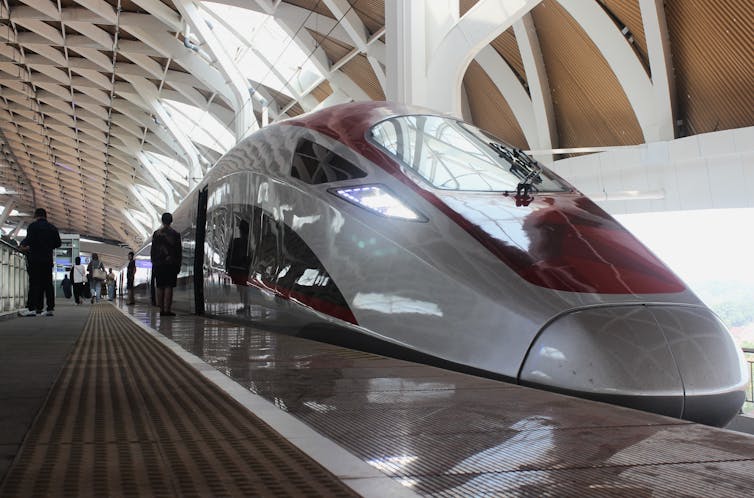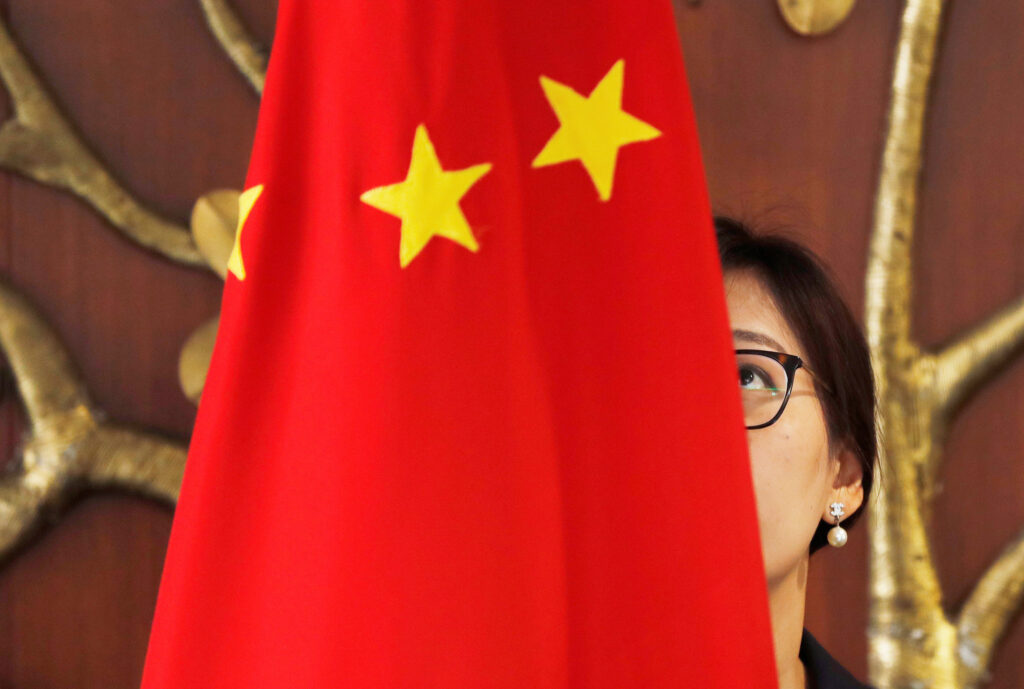China’s population has shrunk for the second year in a row.
The National Bureau of Statistics reports just 9.02 million births in 2023 – only half as many as in 2017. Set alongside China’s 11.1 million deaths in 2023, up 500,000 on 2022, it means China’s population shrank 2.08 million in 2023 after falling 850,000 in 2022. That’s a loss of about 3 million in two years.
The two consecutive declines are the first since the great famine of 1959-1961, and the trend is accelerating.
Updated projections from a research team at Shanghai Academy of Social Sciences, one of the first to predict the 2022 turndown, have China’s population shrinking from its present 1.4 billion to just 525 million by 2100.
China’s working-age population is projected to fall to just 210 million by 2100 – a mere one-fifth of its peak in 2014.
Deaths climbing as births falling
The death rate is climbing as an inevitable result of the population ageing, and also an upsurge of COVID in the first few months of 2023.
The population is ageing mainly because the birth rate is falling.
China’s total fertility rate, the average number of births per woman, was fairly flat at about 1.66 between 1991 and 2017 under China’s one-child policy. But it then fell to 1.28 in 2020, to 1.08 in 2022 and is now around 1, which is way below the level of 2.1 generally thought necessary to sustain a population.
By way of comparison, Australia and the United States have fertility rates of 1.6. In 2023 South Korea has the world’s lowest rate, 0.72.
Births plummet despite three-child policy
China abandoned its one-child policy in 2016. In 2021 the country introduced a three-child policy, backed by tax and other incentives.
But births are continuing to fall. In part this is because of an established one-child norm, in part because the one-child policy cut the number of women of child-bearing age, and in part because economic pressures are making parenthood less attractive.
China’s National Bureau of Statistics says employees of enterprises work an average of 49 hours per week, more than nine hours per day. Women graduates earn less than men and are increasingly postponing having children.
The Year of the Dragon offers hope
One hope is that 2024 will see a bump in births, being the year of the dragon in Chinese astrology, a symbol of good fortune.
Some families may have chosen to postpone childbirth during the less auspicious year of the rabbit in 2023. At least one study has identified such an effect.
An older, more dependent population
The same research team at the Shanghai Academy of Social Sciences and the Centre for Policy Studies at Australia’s Victoria University have China’s population falling by more than one-half to around 525 million by 2100, a fall about 62 million bigger than previously forecast.
The working-age population is set to fall more sharply to 210 million.
We now expect the number of Chinese aged 65 and older to overtake the number of Chinese of traditional working age in 2077, three years earlier than previously.
By 2100 we expect every 100 Chinese of traditional working-age to have to support 137 elderly Chinese, up from just 21 at present.
Our central scenario assumes China’s fertility rate will recover, climbing slowly to 1.3. Our low scenario assumes it will decline further to 0.88 over the next decade and then gradually recover to 1.0 by 2050 before holding steady.
In none of these countries has fertility rebounded, despite government efforts. These trends point to what demographers call the “low-fertility trap” in which fertility becomes hard to lift once it falls below 1.5 or 1.4.
An earlier peak in world population
At present accounting for one-sixth of the world’s population, China’s accelerated decline will bring forward the day when the world’s population peaks.
Our updated forecast for China brings forward our forecast of when the world’s population will peak by one year to 2083, although there is much that is uncertain (including what will happen in India, now bigger than China, whose fertility rate has fallen below replacement level).
The accelerated decline in China’s population will weaken China’s economy and, through it, the world’s economy.
It will put downward pressure on Chinese consumer spending and upward pressure on wages and government spending. As the world’s second-largest economy, this weakness will present challenges to the world’s economic recovery.![]()
Xiujian Peng, Senior Research Fellow, Centre of Policy Studies, Victoria University
This article is republished from The Conversation under a Creative Commons license. Read the original article.


 The Jakarta-Bandung high-speed train, the first in Southeast Asia, was funded by China as part of its decade-old Belt and Road Initiative (BRI) project.
The Jakarta-Bandung high-speed train, the first in Southeast Asia, was funded by China as part of its decade-old Belt and Road Initiative (BRI) project. 